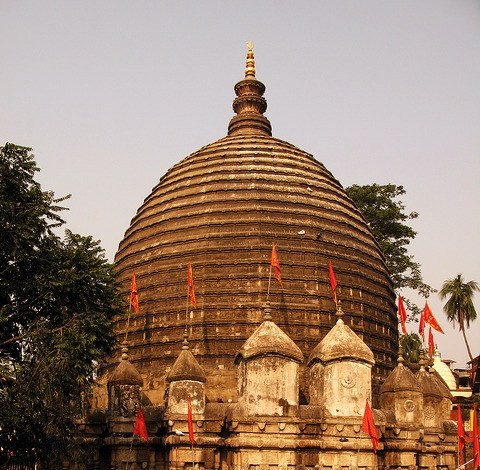Colosseum: A day in the footsteps of Gladiators
Walking along Piazza del Colosseo Street from the Arch of Constantine to the Colosseum is like stepping into the sets of the movie Gladiator. Such is the initial impression of Rome’s amphitheatre of death, the Colosseum. Although you won’t find Maximus practising his swordsmanship at the site, his spirit resonates with the ruins of this marvellous Amphitheatre. The Colosseum in Rome premieres gladiatorial battles on a legendary level, from winning the crowd to acquiring sovereignty. Nonetheless, I couldn’t quit thinking about Maximus the Merciful with every step I took towards this mediaeval site.

Gerontocracy favoured battle without mercy until a true warrior sprang from the Roman soil and altered people’s minds. When you get close to the elliptical Flavian ruins, you can see the grandeur of the time’s largest Amphitheatre. This was the largest oval building in Rome at the time, and it was built in the heart of the city. It has a large open circular arena that can hold up to 80,000 people. You might be shocked to learn that Emperor Vespasian initiated this design in AD 72. The Amphitheatre, on the other hand, was completed by his heir, Titus, in AD 80.

The fact that this massive Amphitheatre is made of volcanic rock, Tuff, Travertine limestone, and brick-faced concrete is even more astonishing. The Flavian dynasty is made up of Emperor Vespasian, his heir Titus, and Domitian. This is why Colosseum is known as the Flavian Amphitheatre. Step inside to discover where these emperors sat and watched gladiatorial fights, mock sea battles, theatre re-enactments, animal hunts, executions, and other public spectacles. It’s strange to think that violence was once the primary source of entertainment.

Whether it was gladiators, condemned felons, or wild animals; Roman audiences were fascinated by violent clashes. While I was succumbing to the violent thoughts, the tour guide whispered something I could not believe. He assured me that this ground did not remain a battleground indefinitely. In reality, the Colosseum later served as a base for monastic groups. These remains are veiled in distinctive antiquity, from a Christian shrine to workshops, and from homes to a fortification. While wandering about, you’ll be curious as to what happened to this renowned symbol of Imperial Rome.
It wasn’t because of wars. Instead, earthquakes, as well as stone-robbers and criminals, wreaked havoc on the Colosseum. Nobody could have predicted that this massive structure would one day become one of the world’s new seven wonders. It is one of Rome’s most popular tourist attractions. This landmark is also engraved on the five-cent euro coin. Colosseum takes its inspiration from the massive Nero statue that previously stood grounds nearby. It is between the Colosseum and the Temple of Venus Roma.
Both the foundation and the Amphitheatre are unmistakable symbols of Rome’s invincibility. Nero’s statue head has been renovated numerous times, which has a humorous certitude as to the heads of Helios, Apollo, and following emperors replaced it. That explains the solar crown quite well! Some even believed the statue possessed mystical abilities. Only the base of the statue remains now. This circular free-standing edifice took me almost five hours to see. Colosseum dimensions range between 615 feet long and 510 feet wide.
It has a base area of up to 6 acres with walls that are 157 feet tall. The central arena is 287 feet long and 180 feet broad, with a 15-foot tall Wall surrounding it. This structure was never mortared; instead, iron clamps kept the stone slabs together. The present exterior walls are the original inner walls.
Obtain a ticket to get access to Colosseum, which costs 12 euros. The pass is good for two days. Once you have the ticket, you can freely wander between Palatine Hill and the Roman Forum. Needless to say, this archaeological site is deserving of your absolute attention.



